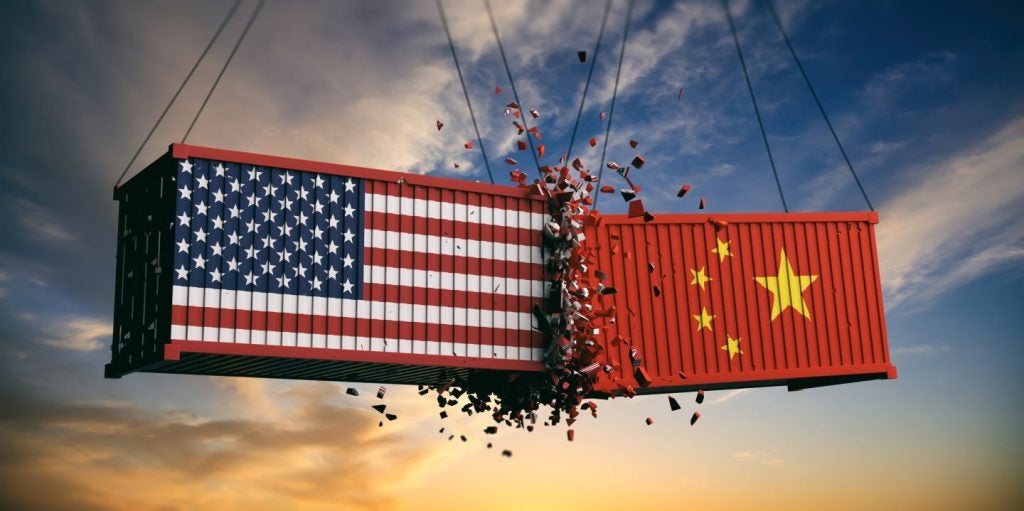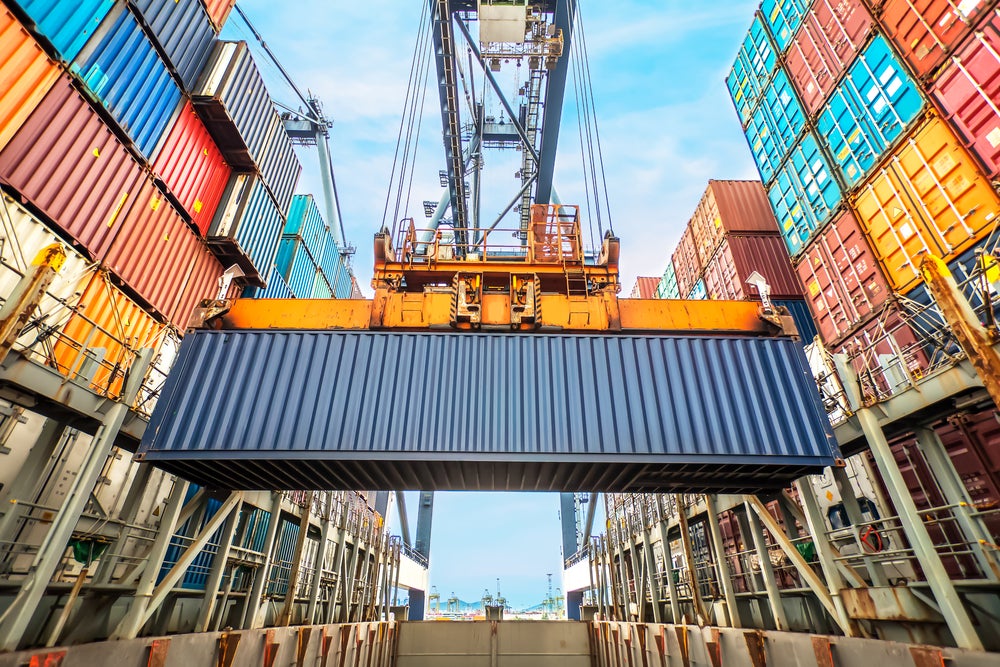The US has requested dispute settlement consultations with the Government of India at the World Trade Organization (WTO) to challenge export subsidy measures that benefit Indian exporters in a range of industries, including textiles and apparel.
According to a statement released by the Office of the US Trade Representative earlier this week, the programmes being challenged are: the merchandise exports from India scheme; the export-oriented units scheme and sector-specific schemes, including the electronics hardware technology parks scheme; special economic zones; the export promotion capital goods scheme; and a duty-free imports for exporters programme.
These apparent export subsidies provide financial benefits to Indian exporters that allow them to sell their goods more cheaply to the detriment of American workers and manufacturers, the statement said.
It adds that according to Indian Government documents, thousands of Indian companies are receiving benefits to the tune of more than US$7bn annually from these programmes, which also provide exemptions from certain duties, taxes, and fees; reduces import duty liability; and benefits numerous Indian exporters – including producers of textiles, and apparel.
“These export subsidy programmes harm American workers by creating an uneven playing field on which they must compete,” said Ambassador Lighthizer. “USTR will continue to hold our trading partners accountable by vigorously enforcing US rights under our trade agreements and by promoting fair and reciprocal trade through all available tools, including the WTO.”
While export subsidies provide an unfair competitive advantage to recipients, and WTO rules expressly prohibit them, USTR states a “limited exception” to this rule can be made for specified developing countries that may continue to provide export subsidies temporarily until they reach a defined economic benchmark. While India was initially within this group, it surpassed the benchmark in 2015 and, as of yet, has not withdrawn its export subsidies and has, in fact, increased the size and scope of these programmes.
How well do you really know your competitors?
Access the most comprehensive Company Profiles on the market, powered by GlobalData. Save hours of research. Gain competitive edge.

Thank you!
Your download email will arrive shortly
Not ready to buy yet? Download a free sample
We are confident about the unique quality of our Company Profiles. However, we want you to make the most beneficial decision for your business, so we offer a free sample that you can download by submitting the below form
By GlobalDataUSTR cites the introduction of the Merchandise Exports from India Scheme in 2015 as an example. It claims the programme has “rapidly expanded” to include more than 8,000 eligible products – nearly double the number of products covered at its inception.
Exports from Special Economic Zones (SEZs) increased by more than 6,000 percent from 2000 to 2017 and accounted for more than $82bn in exports or 30% of India’s export volume in 2016. In addition, exports from the export-oriented units scheme and sector-specific schemes increased by more than 160% from 2000 to 2016.







